Fitted, furnished and managed solution presents firms of all sizes with a hassle-free option
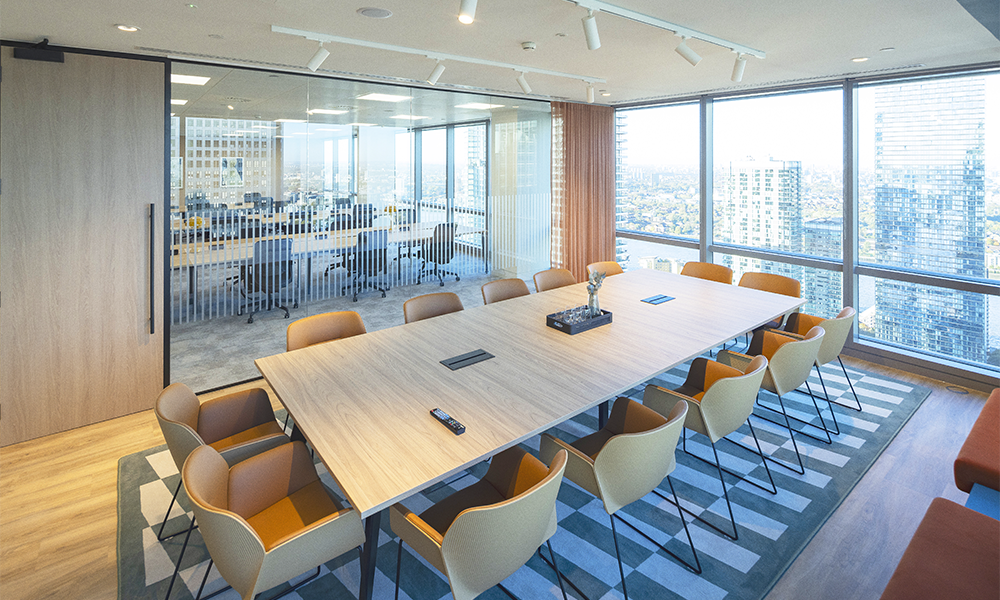
Subscribe to our free Wharf Whispers newsletter here
It wasn’t all that long ago, in the grand scheme of things, that Canary Wharf was a two-storey warehouse built in the 1930s handling bananas brought to the UK from the Caribbean.
The brick-built structure at what was then West India Docks’ Import Dock, managed to survive the bombing during the Second World War, but not the demise of the docks themselves.
It was bought for £25million in 1988 by Olympia And York – the company that kicked off the regeneration project that would become the Canary Wharf of today – and was demolished without much ceremony a year later.
I mention this not because of some rose-tinted hankering for nostalgia – although the idea of dockers slipping on endless banana skins carries some slapstick appeal.
Instead it’s a reminder of just how far this part of London has come in 35 years.
There’s been much short-termist nonsense published recently about the idea that this part of the city might be in peril. It’s true – some companies based here have decided to move for various reasons.
But before launching into a cascade of gloomy thoughts about home working’s effect on the economy and the merits of office clusters, consider a different perspective.
Three-and-a-half decades ago, there was nothing much at Canary Wharf but derelict warehouses.
A group of people had to imagine what it might be, who might want to be there and what – if any – companies would come over. In the end, their creativity and bravery yielded success, with the arrival of the Jubilee line extension proving pivotal in that story.
Towers rose and were filled. They largely still are.
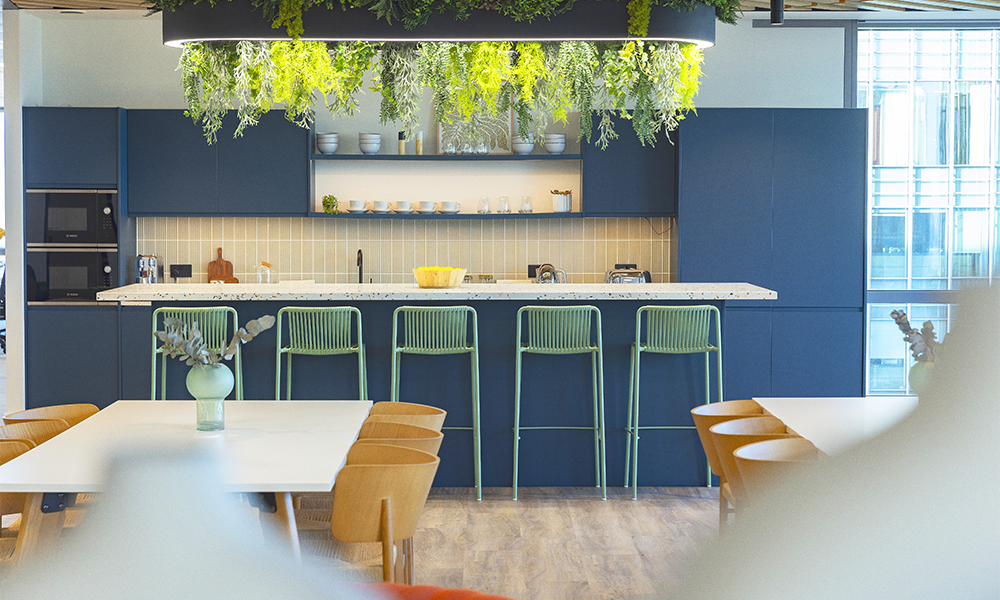
Current media commentary cries out that Canary Wharf will have to reinvent itself if it is to continue to flourish.
But such pieces entirely miss the point. Canary Wharf has done nothing but endlessly reinvent itself since that old warehouse crumbled.
The idea that a few financial institutions moved over here from the City in pursuit of cheaper rent and larger spaces in the 2000s and that nothing much has changed since, is simply perception lagging reality.
The estate and the surrounding area is on a constant path of change, renewal and development – its priorities shifting to meet and satisfy demand.
That’s the case with its shops, bars, restaurants and open spaces as much as it was in the decision to build housing on Wood Wharf.
Canary Wharf Group (CWG) has demonstrated an increasingly open and agile approach to the land it manages – whether that’s embracing competitive socialising with Fairgame and Electric Shuffle or deciding to host a vast padel tennis complex – as it works tirelessly to broaden the appeal of the estate.
But what of the office space itself?
Well there’s been diversification there too amid a long track-record of flexibility to serve the market.
While tech community Level39 provides small startups with a home and space to grow, funkier spaces have been created at Wood Wharf.
North Quay will see significant lab space created as the estate continues to attract organisations from sectors beyond financial services.
Eggs, baskets and all that.
That hasn’t, of course, stopped the likes of Barclays and Citi recommitting to the area – doubtless convinced by an environment that now draws significant crowds at weekends in virtue of what’s on offer to visitors as well as residents.
Nevertheless, CWG hasn’t stood still on office space either, with MadeFor perhaps the punchiest addition to its offering in recent years.
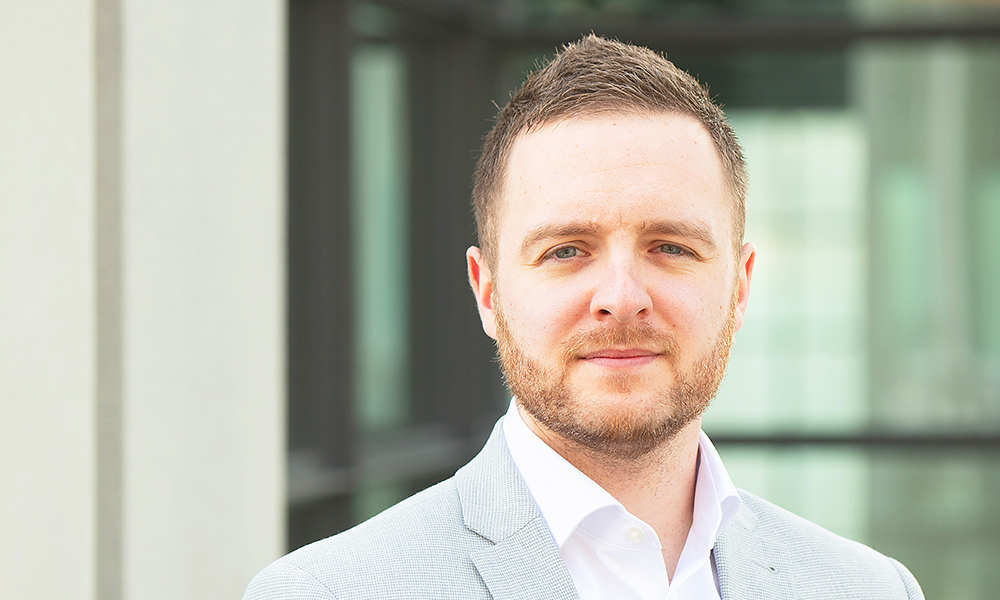
“In short, it’s our fully-fitted, furnished and managed workspaces,” said Luke Thurlow, CWG associate for office leasing and one of the team tasked with helping firms land on the Wharf or move into bigger premises.
“Traditionally, a tenant would take an empty shell and build it themselves, creating meeting rooms, break-out spaces and filling it with furniture.
“MadeFor takes away all of that hassle for the end-user, who can pretty much move in immediately if they like.
“Office space has always been a strong part of the business and this is part of diversifying our portfolio.
“It means Canary Wharf offers single desks and co-working at Level39, self-contained units under MadeFor and shell space if a client prefers that.
“MadeFor can cater for businesses with 10 desks in 1,000sq ft of space, right up to our biggest letting where Citi took 10 floors as part of a short-term solution to house staff while its tower is being refurbished.
“The message is that many people think Canary Wharf is only for larger businesses – big multinational companies, which we do have here – but even if you’re a small startup or scaleup, we can accommodate your needs.”
It’s an offer that’s clearly gaining traction, with recent signings, including business power supplier, Pozitive Energy, electric vehicle charging firm, Hypervolt, and Taiwanese energy trader, WelHunt, all opting for MadeFor offices at One Canada Square.
Global trading organisation FIA and manufacturing firm Rittal also recently announced they would be renewing their MadeFor leases in the building.
“These recent deals show that companies continue to see Canary Wharf as an international icon,” said Luke.
“Buildings like One Canada Square are seen as part of a company’s strategy to build its business, find new clients and retain top talent – there’s real appeal there.
“MadeFor appeals to both a variety of sectors and businesses of different sizes. Often, smaller firms don’t want the headache of fitting out a space.
“These are self-contained workspaces so tenants are not sharing meeting rooms, break out spaces or kitchens with other occupiers.
“That’s especially important so companies know who is coming in and out of their space – vital if you’re regulated by the FCA, for example.”
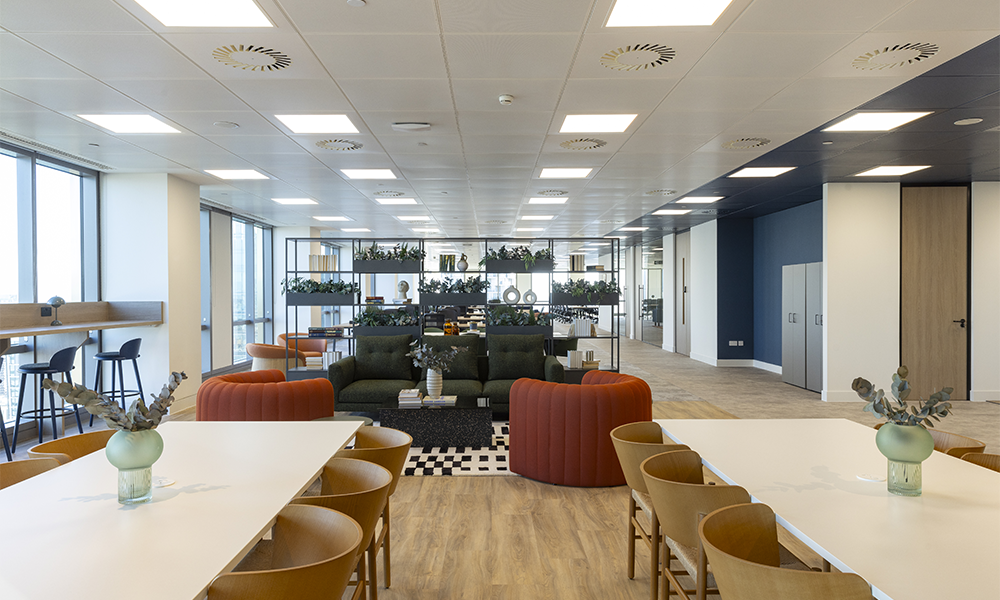
Essentially, MadeFor is a crucial piece in the puzzle.
One of the key ideas behind the creation of Level39 more than a decade ago was that it had the potential to bring fast-growing startups onto the estate.
With a vast portfolio, it could then flexibly serve the needs of those businesses as they grew.
MadeFor both provides space for companies that are expanding, but it also allows the estate to pitch more effectively to firms and organisations of varying size that aren’t home grown, but like the idea of a move to east London.
“One example would be challenger bank Revolut, which started at Level39,” said Luke.
“Now it is based in an 80,000sq ft space at the Columbus Building off Westferry Circus.
“Because CWG has been running the estate for more than 30 years we are able to take a long-term vision for our customers and as a custodian of this part of London.
“If a business is half way through its lease and bursting at the seams or looking to downsize due to an increase in hybrid working, we can have those conversations.
“Other landlords use more conventional models where they buy a single building, develop it, lease it and sell it.
“This can make those situations more difficult. What we offer is stability.”
Don’t confuse stability with traditionalism, however.
Luke was keen to stress that MadeFor’s spaces were fitted out to reflect the needs of businesses today.
“Our design philosophy dispenses with reception desks and guest waiting areas,” he said.
“The idea is that visitors come directly into a break-out space where they can get a feel for how the business is working as soon as they arrive.
“We can, of course, design to a customer’s brief and we’re always working based on feedback from previous projects.
“Perhaps if we’d done this three years ago we’d have had flashy boardrooms off reception areas – people didn’t think you should have staff mingling with visitors.
“But people aren’t working like that any more.
“Visitors want to get a flavour of the company – to be in your world rather than in a holding zone.
“Hybrid working presents great opportunities for businesses – if you look at their spaces and how they’re fitting them out, things are a lot more considered now.
“You’re seeing a lot more meeting rooms, collaboration spaces, fewer conventional rows of desks.
“Suppose you have a project team that’s coming in three days a week – what do they need?
“Some customers have asked for more break-out space, while others want desks because people are also coming into the office to do more focused work and to make the most of sitting with colleagues to do that.”
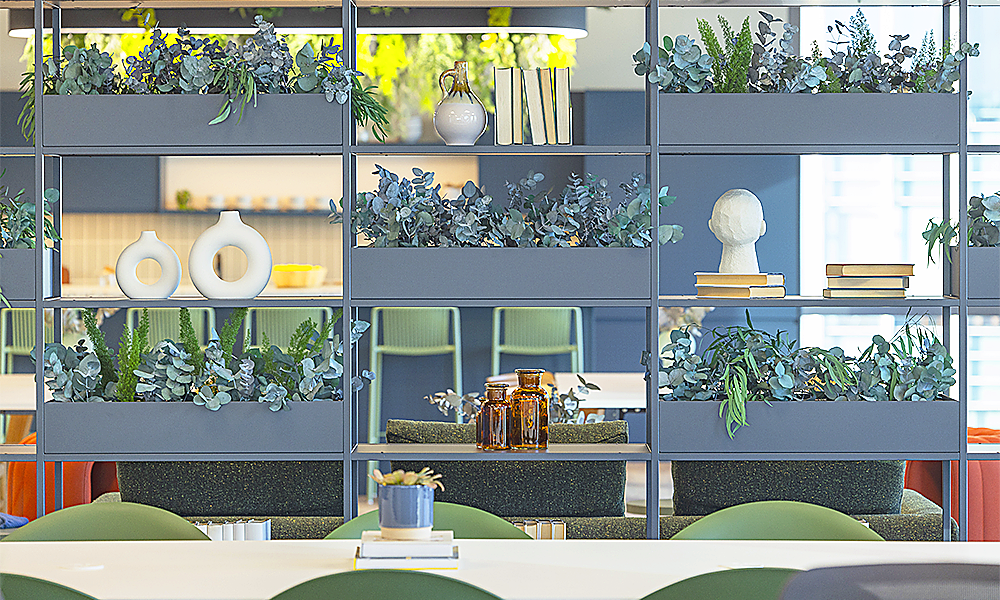
Beyond the spaces themselves, the estate’s constant evolution is perhaps the most potent weapon in Luke’s arsenal when talking to potential clients.
But then there’s the added value of engaging with a landlord which is completely invested in fostering a thriving, vibrant local economy.
Luke said: “The quality of our office space and workspaces is generally well understood in the market.
“We produce top quality, best-in-class office developments.
“But what we’re also trying to show people who come to Canary Wharf are the lifestyle amenities – the shops, bars and restaurants, the green open spaces and the transport links.
“With the Elizabeth line, you’re 45 minutes from Heathrow. It’s about trying to excite people by getting them to picture themselves and their business here.
“There are the technical details like the air conditioning and the Wi-fi, but most people who come to look at office space will think more about the coffee downstairs and dinner at Hawksmoor or Dishoom.
“We deliver high quality workspace, but it’s also about our tenant services team and the maintenance operation.
“We’ve also launched an app for the estate so people know what’s here and about all the events that are going on.
“We’re not just a landlord collecting rent – will it be a Yoga session before work or finding out about Wharf Connect, our network for early career professionals?
“It’s all about what you can do here and, if we’re not doing something already, then talking to us about delivering it.
“It’s a very exciting time and, over the next 10 years people will see so much change here, whether that’s the landscaping of Middle Dock in partnership with the Eden Project or any of the other plans in the pipeline.”
Suffice to say evolution is a certainty at Canary Wharf as it brings life sciences and schools into the mix alongside residential, higher education, governmental bodies and much more.
That, however, will doubtless be easier for Luke and his colleagues to articulate to potential clients than it was for teams 35 years ago, when the whole process of convincing firms to give E14 offices a chance began.
- key details
MadeFor spaces are available in Canary Wharf at One Canada Square, 40 Bank Street, 20 Water Street and the Columbus Building.
Offices are cleaned and managed including repairs, maintenance, waste management and refreshment options.
Find out more about MadeFor at Canary Wharf
Read more: New events space Broadwick Studio launches on Wood Wharf’s Water Street
Read Wharf Life’s e-edition here
Subscribe to our free Wharf Whispers newsletter here
- Jon Massey is co-founder and editorial director of Wharf Life and writes about a wide range of subjects in Canary Wharf, Docklands and east London - contact via jon.massey@wharf-life.com




6 Replies to “Canary Wharf: How MadeFor is a vital piece of the estate’s office space offering”
Comments are closed.